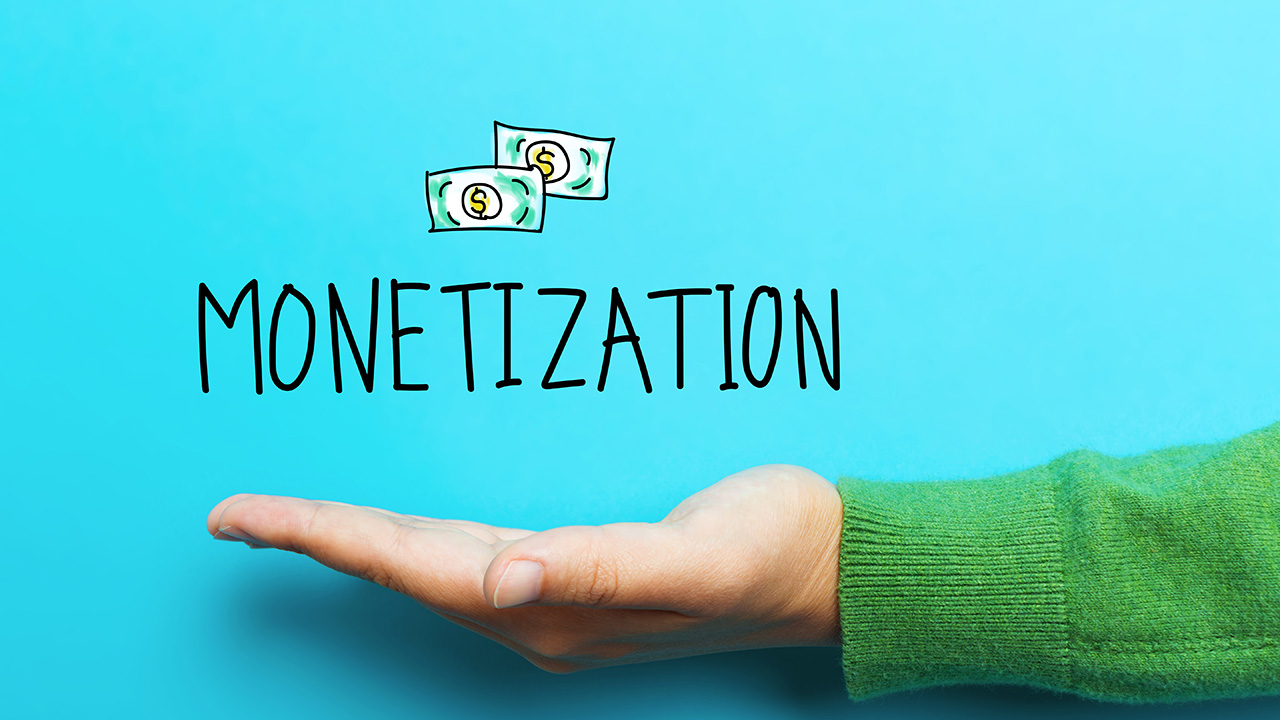
5 Lessons from the Chick-fil-A PR Kerfuffle
Thanks to today’s voracious 24/7 news cycle and the rapid-fire pitch of social media, we can’t help but become transfixed when something spirals out of control into a public relations crisis in front of our eyes. During the last couple of weeks, the chicken sandwich chain Chick-fil-A found itself in the hot seat thanks to controversial statements about gay marriage made by its COO and president. Just a few months ago, the beef industry got publicly slimed for using questionable meat filler in beef products. And before that, Susan G. Komen for the Cure’s reputation was seriously tarnished for cutting its funding to Planned Parenthood.
No business ever wants a PR disaster on its hands. But it could happen to anyone, anytime. And while you might not be as well-known or have as many customers as AirBnB (remember the customer whose apartment was destroyed?) or Blackberry (remember the days-long email outage?), your company still has a public face. So, you need to be prepared for anything that puts your business or brand in a negative light.
Here are five things to help avoid a public relations firestorm:
1. Have a PR and social media policy in place, stat.
Regardless of the size of your business or organization, you need to lay down some ground rules in case of a potential PR issue – because it will probably happen when you least expect it (like in the wee hours of the night, or when you’re on vacation). Who gets contacted and how? Who’s accountable for what? Who’s allowed to speak on behalf of the company, and through what channels?
If you’re a small mom-and-pop shop, all of those responsibilities might fall on you – but your employees still need to know that, and they need to know what they should or should not do during a PR emergency. If you’ve got different departments, you should at the very minimum involve people in your marketing/communications, customer service, IT/website and legal teams. For guidelines on what to include in a PR and social media plan, here are some helpful sources:
- 5 Steps to Develop a Crisis Communications Plan
- 10 Must-Have Elements for a Social Media Crisis Plan
- Crisis Management and Communications
2. Own up to the issue ASAP.
If people are saying negative things about you and word is spreading, you need to address the issue head-on, quickly. The worst thing to do in this social media-charged world – other than saying “no comment,” which essentially means, “Yup, I’m guilty as charged” – is to stay mum on the issue or problem. Every minute of silence is an opportunity for people to make assumptions – often unfavorable – and fuel the firestorm.
3. Anticipate where people are and have a response ready.
Post an update to your website and on any major public-facing communications channel you own, including social media. (As of this writing, Chick-fil-A still hasn’t addressed the issue on their corporate website and has posted just one official statement on their Facebook Page.) If it’s an issue that directly impacts customers, record a message on your customer support phone line. If you don’t have enough information available to give people the answer they want, say that you’re looking into it and will let them know as soon as you do. People expect immediate feedback, and this can help manage expectations.
4. Be frank and sincere.
These days, no one cares or believes in “official statements” full of corporate-speak and canned talking points. It’s all about the one-on-one communication that happens with those they trust, and you need to regain that trust. How? By letting them know 1) that you understand why they’re upset, and 2) what you’re doing to resolve the issue. If your company made a mistake, a heartfelt, straightforward apology can go a long way. Don’t over-promise, but do let them know what you’re doing to make sure it doesn’t happen again.
5. Monitor the conversation.
If you aren’t already tracking mentions about your company online and on social media, this is another reason why you should start. Angry customers aren’t just talking to you on the channels you own; they’re sharing with their friends and followers, too. How do you find out what they’re saying? For free, you can set up Google Alerts, use Twitter’s advanced search feature and Facebook’s native search feature for public posts. While you don’t necessarily need to inject yourself into or respond to every single conversation, you do need to know what people are saying so you can craft your outbound communications appropriately. Monitoring conversations also helps you identify your key critics and influencers.
Hopefully you’ll never have to put your crisis communications plan in action, but, like any disaster, you’ll feel much better knowing you’re prepared.
© 2012 – 2018, Contributing Author. All rights reserved.



